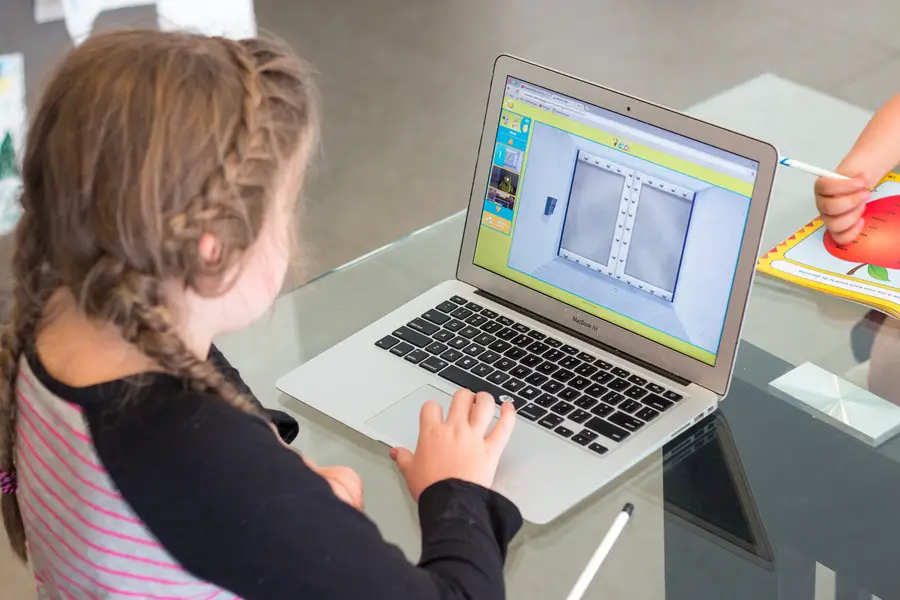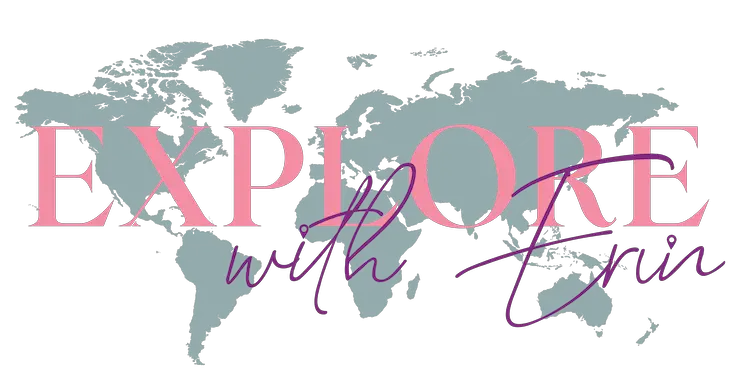Travel videos have always been a popular medium for virtually transporting people to a completely different place and creating a visual narrative. But it may get extremely difficult to make a quality video if you don’t have a proper guideline to follow.
Here are some ways you can ensure you create a travel video you’re proud of.
1. Find inspiration
Creativity requires inspiration and the same applies when you set out to make a travel video. Before you take your trip, you want to watch as many travel videos as you can. Find good travel filmmakers on YouTube follow their content and then start looking for videos specific to the area you will visit. It can be anything from an entire city to just one historical monument.
Not only will you learn how to shoot specifically for travel videos, but you’ll also learn how to correctly apply transitions, cut and fade shots and decide how long you want each shot to be. All of this will positively contribute to a video you can be proud to showcase.
2. Do your research
You don’t want to go to a destination completely blind. Researching as a filmmaker can help you in many positive ways. To have more information, you can watch videos of other filmmakers made where they filmed that destination. Analyze the angles they used and their use of space. Here are a few questions you can ask yourself before you set out:
- What makes that place so interesting to shoot?
- What exactly can I capture there?
- Is there anything that other filmmakers missed?
- How can you make the destination stand out in its own unique way?

3. Avoid regrets, shoot plenty
You may have a shoot idea before you reach your destination, but a number of factors could make it infeasible. So shoot as much as you can and try as many different approaches as you can come up with.
To make it possible to shoot a lot of footage, you will need more space. Buy a bigger SD Card for your camera, delete what is unnecessary and transfer your footage to your laptop when you can.
You want to be at your creative peak while shooting. Think about what you can do differently. If you’re capturing nature or just the hustle of cars and people, you might want to consider shooting a time-lapse movie. Time-lapse movies can help change the pace of your movie and can always be used as fillers or B-roll.
4. Choose your theme
Choosing a theme for your travel video will help you streamline your creative thinking. Sure, you want to let your creativity flow, but having a channel or idea before you start shooting can make you a lot more efficient at shooting. Your theme can depend on your style and your travel destination.
It can also depend on the story you want to say. Having a narrative to bind your video together is yet another tip to keep in mind. Spend some time thinking about what you wish to say through your video.

5. Movement brings life
Motion in videos is not just the movement that happens in every frame but can also be the movement of the camera or the transitions you use. This should not lead to an overwhelming amount of movement in the video – that will simply lead to the audience being constantly distracted.
If your video does have a lot of motion, you want to have each pair of shots starting and ending on the same side of the frame. Make it easy for your audience to follow the movement.
6. Organize your footage
Organizing everything into folders, subfolders and renaming the footage to have some context for the future can make the editing process a lot easier. Instead of sorting through a ton of footage when you sit down to edit, sort everything according to date, time and place to retrieve things faster.
Moreover, you may also want to have a folder dedicated to each project you undertake. In that folder, you can segregate the raw footage, the selected footage, project file and any audio or transition files that you may have.
7. Take your time with editing
You’ve done all the hard work – you traveled, spent hours shooting a ton of footage, brought it back and organized it. The final step of editing will require just as much dedication, if not more. Revisit your theme, your idea, your narrative and then start editing using an online video editor.
Divide your editing into three parts – sequencing, adding audio, graphics and color grading and finally, adding transition. Make any necessary changes before you’re ready to show it to the world.

Conclusion
These seven tips can help you throughout your filmmaking process and significantly increase the output you get at the end. Give it patience and make sure you enjoy your trip even when you’re looking through a lens.
DON'T MISS ANYTHING!
FOMO - do you have it? Well there is no need to Fear On Missing Out here at Explore With Erin. Sign up to receive updates directly to your in box. I won’t spam you, but I do promise a whole lot of awesomeness. What are you waiting for? Join Me!
PS: We hate spam too, read our Privacy Policy here.


